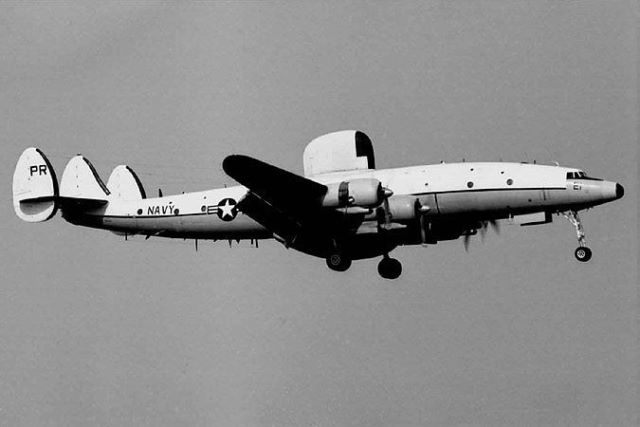
15 April 1969: This was a national holiday in the Democratic People’s Republic of Korea (North Korea), celebrating the 57th birthday of Kim Il-Sung, who had been the political leader of the communist country since 1948.
Deep Sea 129 was a United States Navy Lockheed EC-121M Warning Star, Bu. No. 135749, an electronic intelligence variant of the commercial Lockheed Model L-1049A Super Constellation. The airplane was assigned to Fleet Air Reconnaissance Squadron One (VQ-1), based at NAS Atsugi on the island of Honshu, Japan.
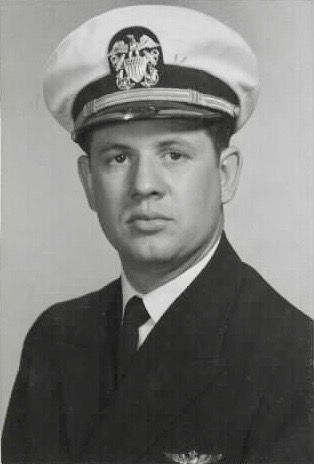
The Warning Star took off from NAS Atsugi at 0700 local time (2200Z ¹) for a planned 8½-hour BEGGER SHADOW electronic intelligence (ELINT) mission. From Atsugi, it was to fly to a point off Chongjin, a coastal city near the DPRK/Manchuria border, fly 2½ elliptical orbits, 120 nautical miles (222 kilometers) long and parallel to the North Korean coast. Deep Sea 129 was to approach no closer than 50 nautical miles (93 kilometers) of the coastline. It would then proceed to Osan Air Base, Pyeongtaek, Republic of Korea (South Korea).
Deep Sea 129 was under the command of Lieutenant Commander James Howard Overstreet, U.S.N. There were 31 men on board, consisting of the flight crew, signals intelligence and electronics countermeasures technicians and foreign language linguists.
On 28 March 1969, the Korean People’s Air Force (KPAF) moved two Mikoyan-Gurevich MiG-21PFM (NATO: Fishbed-F) interceptors from Puk’ang-ni Airfield to the MiG-17 training base at Hoemun-Ni Airfield on the eastern coast of North Korea. This was an unusual move and suggested that something was being planned.
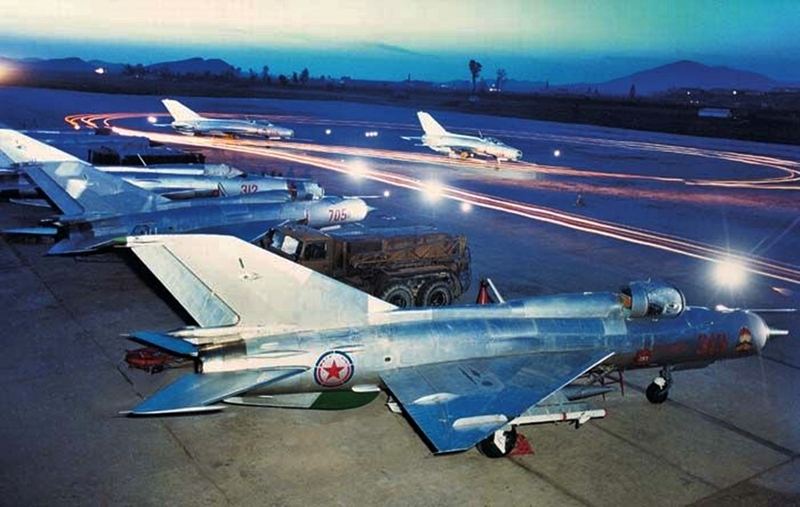
As Deep Sea 129 approached the northern end of its planned elliptical track at 1330 local (0430Z), both MiG-21s launched from Hoemun-Ni to intercept. The first MiG set up a defensive patrol 65 nautical miles (75 statute miles, or 120 kilometers) west of the EC-121, while the second flew eastward and attacked it approximately 80 miles (92 statute miles, 148 kilometers) east of the North Korean coastline. The radar returns of the MiG-21 and the EC-121 merged at 0447Z, the probable time of the shoot down.
The Warning Star went down in the Sea of Japan. All 31 persons on board were killed.
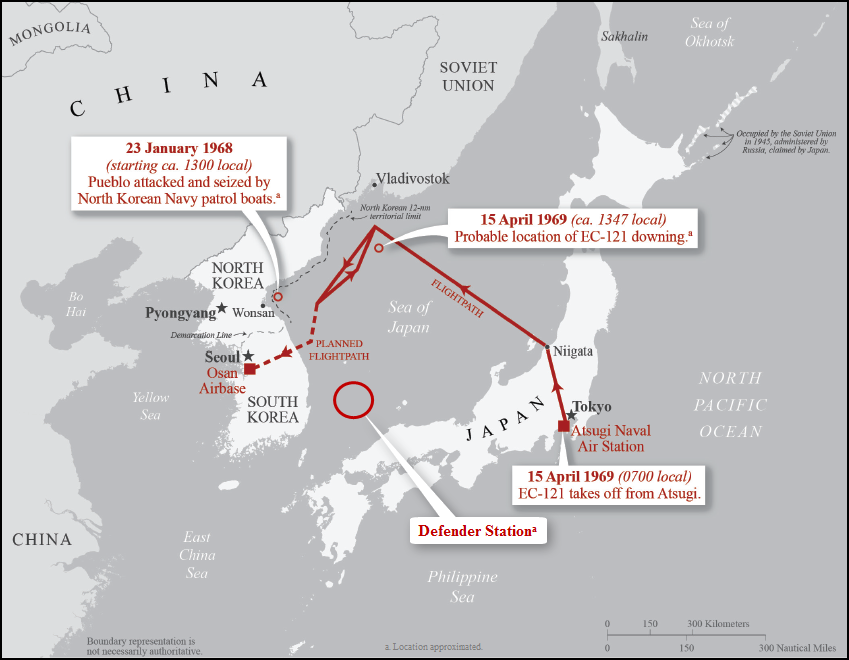
Just two minutes earlier, at 0445Z, Brigadier General Arthur W. Holderness, commanding the 314th Air Division, United States Air Force, ordered two Convair F-102A Delta Dagger interceptors to proceed from Osan to a point along the planned flight path of the EC-121, locate it, and rescue it from harassment or attack. The interceptors took off at 0504Z, too late to save Deep Sea 129.
An HC-130 took off from Tachikawa Air Base, Japan, at 0644 to begin search operations. It was accompanied by a combat air patrol (CAP) of Convair F-106A Delta Dart interceptors. U.S. Navy warships USS Dale (DLG-19) and USS Henry W. Tucker (DD-785) departed the naval base at Sasebo, Japan, to assist in the search and rescue effort. Also assisting were two Soviet Foxtrot-class submarines, their submarine tender, and three destroyers.
The Soviet destroyer Hull Number 429 recovered a 20-man life raft, three leather jackets, a parachute, two exposure suits and many aircraft parts. These were transferred to Tucker.
Debris recovered indicated that the EC-121 had suffered major structural damage from the detonation of a fragmenting warhead of one, possibly two, AA-2 Atoll missiles.
On 17 April, the bodies of two crewmen, Lt. (j.g.) Joseph R. Ribar and AT1 Richard E. Sweeney, were recovered from the Sea of Japan. They were transported to Japan aboard Tucker.
The United States sent Task Force 71 into the Sea of Japan to defend aircraft flying in international airspace. The task force consisted of 3 attack aircraft carriers, and anti-submarine aircraft carrier, a battleship, two guided missile heavy cruisers, three guided missile destroyer leaders, two guided missile destroyers, a heavy cruiser, ten destroyers and one frigate.
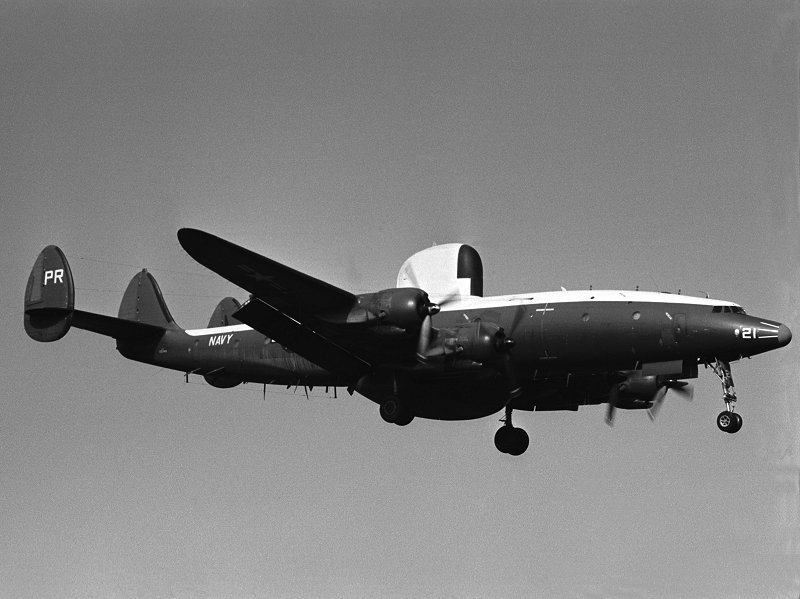

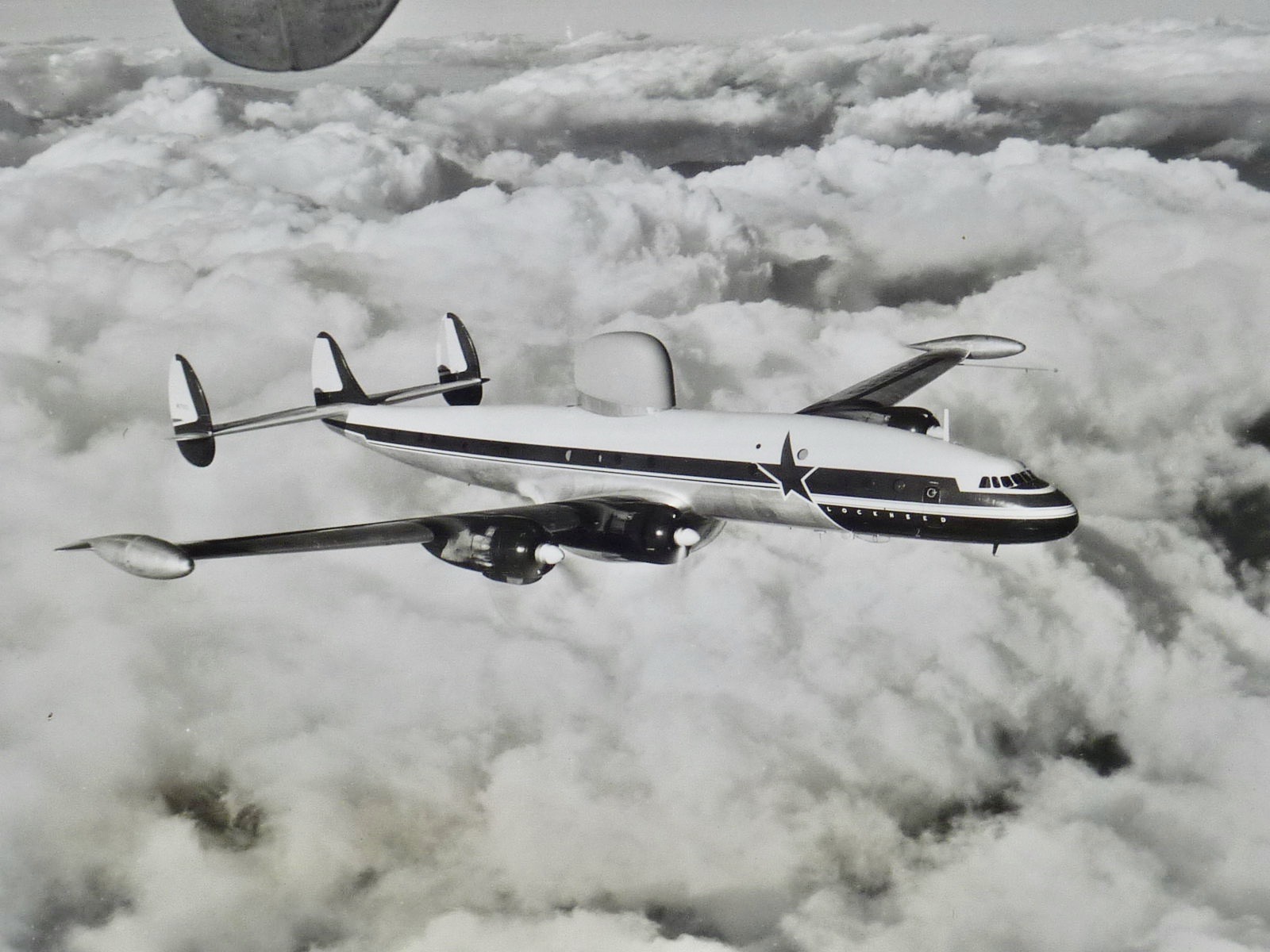
The EC-121 had distinctive dorsal and ventral radomes. The airplane was 116 feet, 2 inches (35.408 meters) long, with a wingspan of 126 feet, 2 inches ( 38.456 meters), and height of 24 feet, 9 inches (7.544 meters). It had an empty weight of 83,671pounds (37,953 kilograms) and maximum takeoff weight of 156,500 pounds (70,987 kilograms). According to a declassified 1989 National Security Agency document, (DOCID: 4047116) the EC-121M carried nearly 6 tons of electronic intelligence equipment.
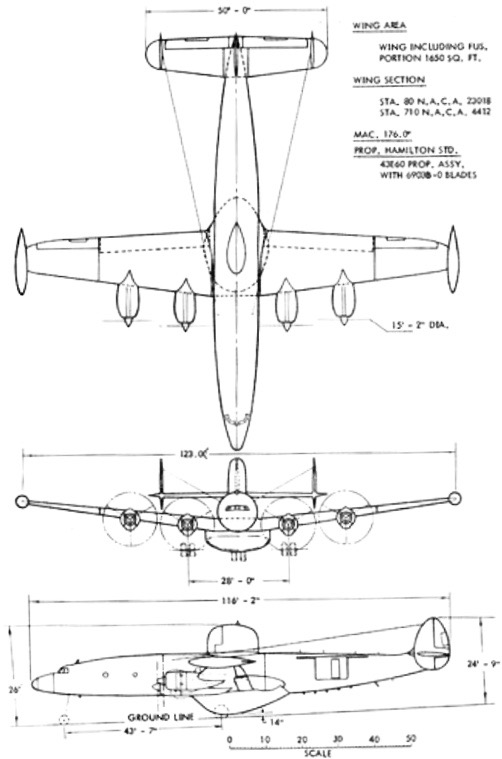

The EC-121M had a cruise speed of 208 knots (239 miles per hour/385 kilometers per hour), and maximum speed of 292 knots (336 miles per hour/541 kilometers per hour) at 19,500 feet (5,944 meters). Its service ceiling was 21,900 feet (6,675 meters), and it had a maximum range of 3,850 nautical miles (4,431 statute miles/7,130 kilometers).
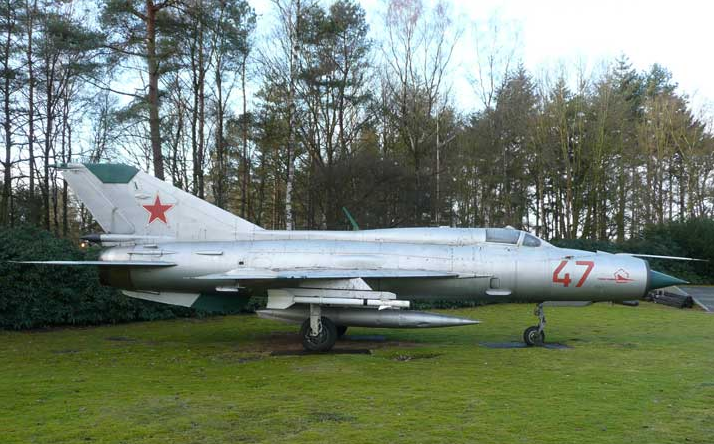
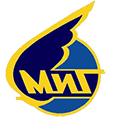
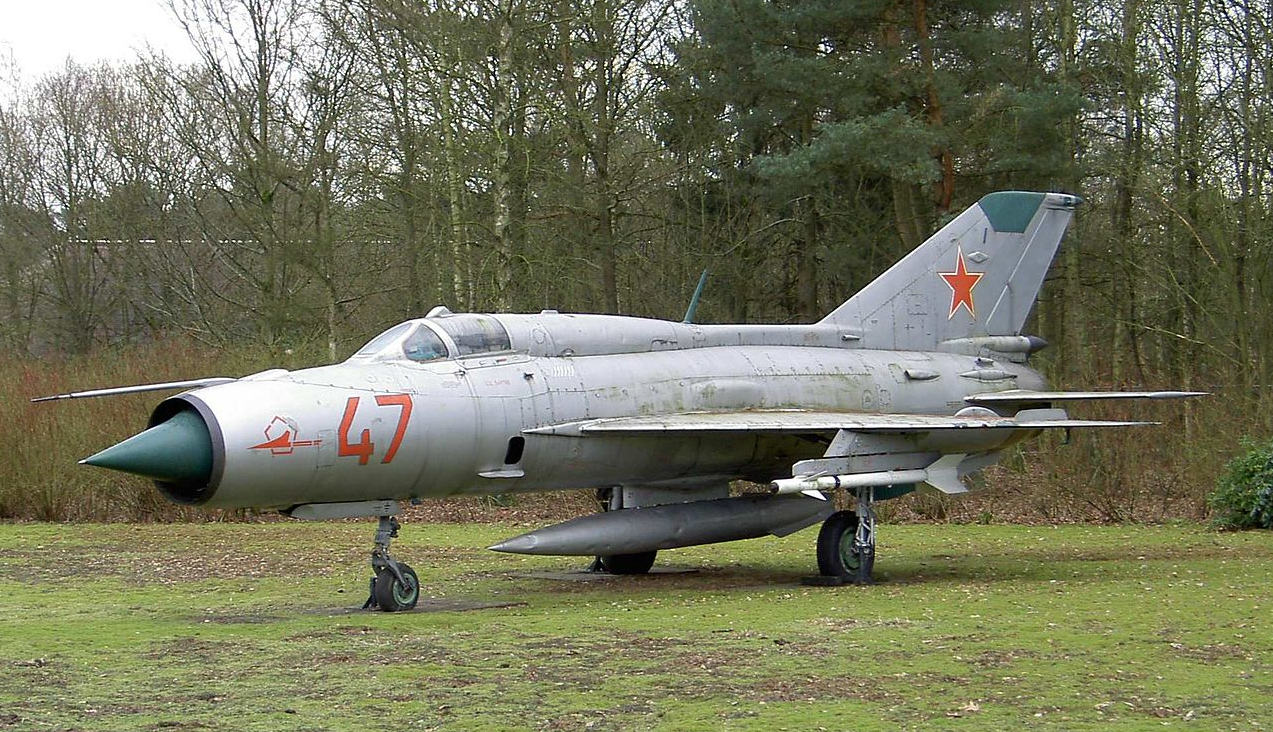
The MiG-21PFM was powered by a single Tumansky R-11F2S-300 engine. It is a dual-spool axial-flow turbojet with afterburner, with a 6-stage compressor section (3 low- and 3 high-pressure stages) and a 2-stage turbine (1 high- and 1 low-pressure stage). The engine is rated at 8,650 pounds of thrust (38.48 kilonewtons), and 11,900 pounds (52.93 kilonewtons) with afterburner. The R-11F2S-300 is 0.906 meters (2 feet, 11.7 inches) in diameter, 4.600 meters (15 feet, 1.1 inches) long, and weighs 1,124 kilograms (2,478 pounds).
The MiG-21PFM has a cruise speed of 550 miles per hour (885 kilometers per hour) and maximum speed of 1,386 miles per hour (2,231 kilometers per hour). Its service ceiling is 62,000 feet (18,898 meters) and its range is 1,035 miles (1,666 kilometers).
The primary armament consists of up to four Vympel R-3S infrared-homing, or Kalininingrad RS-2US radar-guided, air-to-air missiles; or Zvezda Kh-66 radar-guided air-to-surface missiles. It could also carry a gun pod containing a Gryazev-Shipunov GSh-23 two-barrel 23 × 115 mm autocannon with 200 rounds of ammunition on a centerline hardpoint. Alternatively, it could carry up to 1,000 kilograms of bombs.
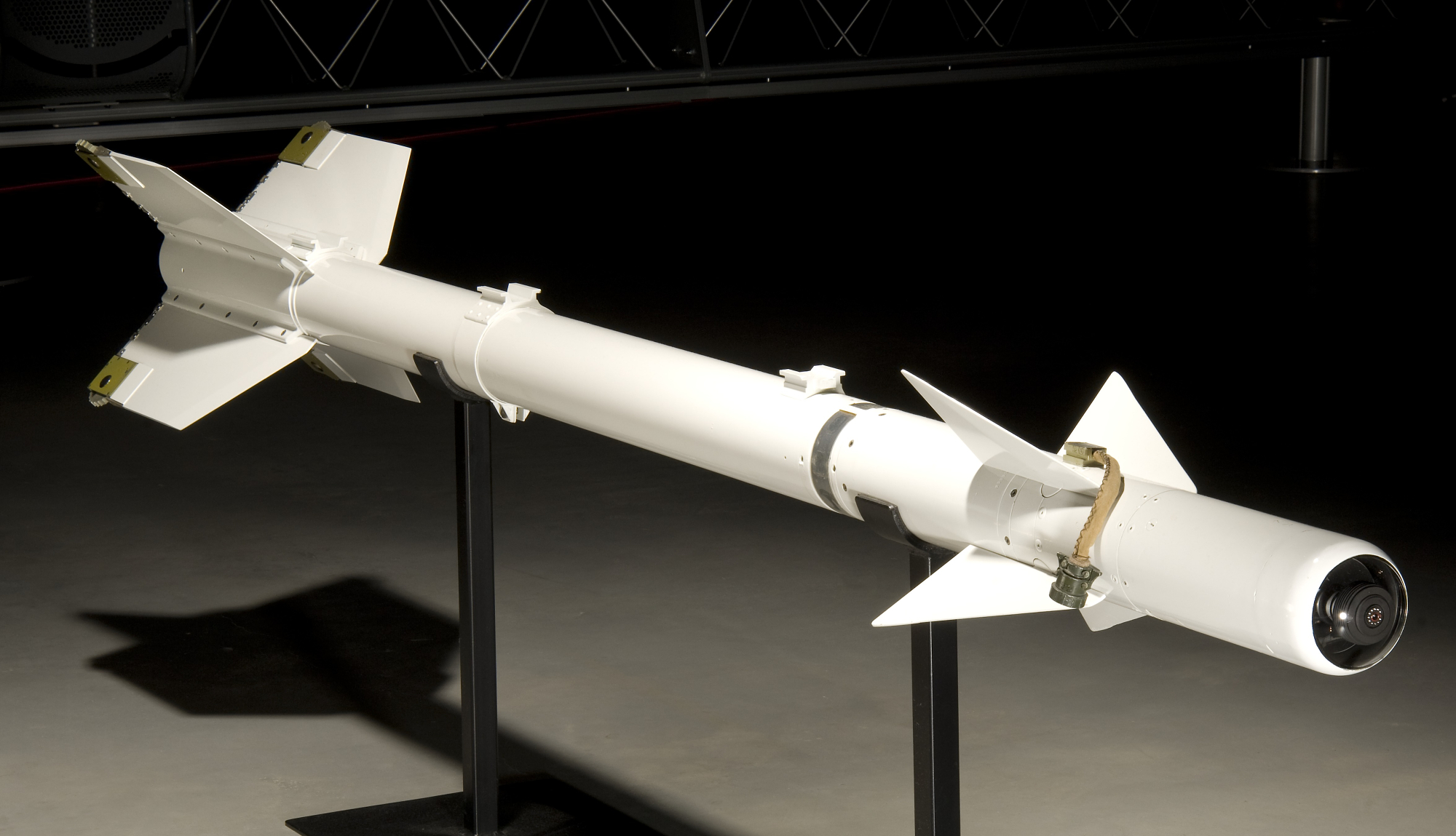
The Vympel R-3S was a short range, infrared-homing, air-to-air missile. It is also known as the K-13, and was identified as the AA-2 Atoll by NATO forces. The missile was reverse-engineered by the Turopov Design Bureau, Tushino, Russia, from a Raytheon AIM-9B Sidewinder which had been captured by the People’s Republic of China during the 1958 Taiwan Straits Crisis.
The R-3S is 2.838 meters (9.311 feet) long, 0.127 meters (0.417 feet) in diameter, with a maximum fin span of 0.528 meters (1.732 feet). The missile weighs 75.3 kilograms (166.0 pounds), and is armed with a 11.3 kilogram (24.9 pounds) high explosive fragmentation warhead. A solid propellant rocket engine can accelerate it to a maximum speed of 550 meters per second (1,230 miles per hour). The effective range is 2 kilometers (1.2 miles), with a maximum range of 7 kilometers (4.3 miles).
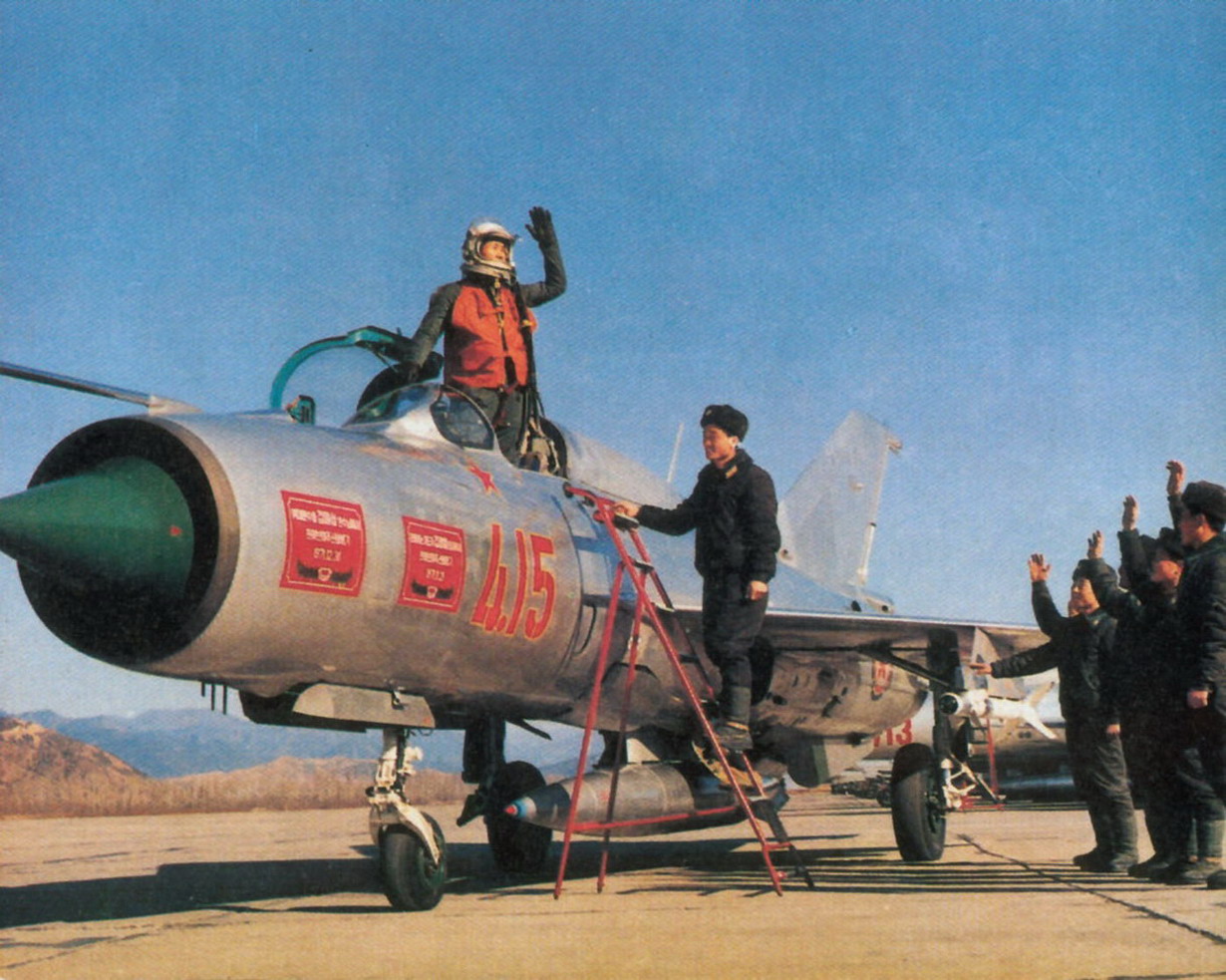
¹ The letter Z following the four-digit time notation stands for “Zulu Time,” a U.S. military term meaning the time at the Zero Meridian (also known as the Prime Meridian, 0° longitude). It is the same as Greenwich Mean Time (GMT) or Coordinated Universal Time (UTC).
© 2019, Bryan R. Swopes
As captain of a Metroliner commuter in the early 1980s, I was privileged to have in my right seat Richard Hedge, retired Commander of the 55th Strategic Recon Wing from Offutt AFB, Omaha, NE. “Dick” was proud of the fact that he was Aircraft Commander of an RC-135 that was the next reconnaissance aircraft on duty assignment to replace the lost EC-121. He said Commander in Chief Strategic Air Command personally congratulated his crew for completing the dangerous mission.
Uh-Oh! Minor gaffe. Wright 3350’s, Pratt and Whitney Logo.
Ooops! Thanks, Ed. 🙂
Our ‘leaders’ were as spineless then as they are now. We should have retaliated with a devastating attack on N. Korea, showing them and the world we will not tolerate attacks on Americans! The price you’ll pay will not be worth it….Had we done so, we wouldn’t be dealing with them, Iran & others today as nuclear rivals. It makes me sick to this day, and causes me to question the worth of my twenty-plus years of service to this country…
I have to agree with Dave. After this horrific act of aggression and murder, the USA did nothing. Disgraceful.
This type of thing was not uncommon during the Cold War. To my knowledge the U.S. never did anything but “protest.”
My squadron of Phantoms was deployed to Kunsan for an ORI practice at that time. At the actual time of the shootdown, we were having a full squadron (18 jets) nuclear generation exercise on the transit ramp with each bird loaded with a B-43 “city whacker.” Our government obviously decided not to launch us nuclear, but instead had us reconfigure with conventional weapons. We sat alert for a conventional retaliatory strike for a week but were never launched.
Ron, I was at Clark at that time. We had just past our ORI and were put on alert but not deployed until June when we put an additional four aircraft to Tainan Taiwan with air-to-air weapons and sat on five-minute alert in the arming area between our Victor Alert pad and the runway, when our intel recon birds were transiting the Straits.
I don’t think that President Trump will put up with this sh*t.
Our unit, USAF 6988th Security Squadron at Yokota AB Japan, reported the deployment of the Mig21’s to the Mig17 base about 2 weeks prior to the EC-121 shootdown. It wa sent as a warning of a possible hostile attack. It was either misplaced or deemed not noteworthy by the higher ups. While flying off the coast of North Korea we were always particularly careful around the time of North Korean holidays
We (USAF fighters) had been flying BARCAPS off the east coast of North Korea and along the DMZ following the Pueblo incident. We stopped flying them, without explanation, just a few months before the EC-121 was shot down.
The Combat Air Museum, Forbes Field in Topeka, Kansas, has an EC-121 on display. In the cabin is a memorial to those lost on Deep Sea 129.